 |
||
|
Graduate and professional education take wing under presidents F. A. P. Barnard and Seth Low, Barnard College is founded, and the University relocates to Morningside Heights. |
||



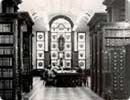 |
1858 |
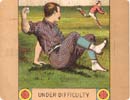 |
1860 |
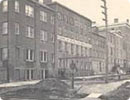 |
1864
|
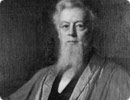 |
1864
|
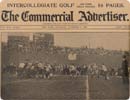 |
1870 |
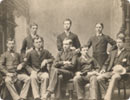 |
1877 |
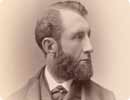 |
1880 |
 |
1881 |
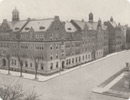 |
1886 |
 |
1887 |
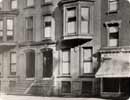 |
1889 |
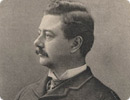 |
1890 |
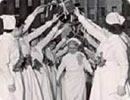 |
1892 The University acquires 18 acres in Morningside Heights. |
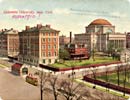 |
1893 |
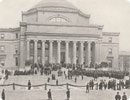 |
1895 |
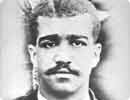 |
1896 James Dickson Carr, LLB, was one of the first black students to receive a law degree. |
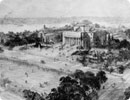 |
1897 |
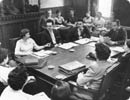 |
1898 |
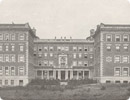 |
1900 |
 |
1901 |
|
This remarkable Columbian was a key figure in expanding China's relationship with the West. |